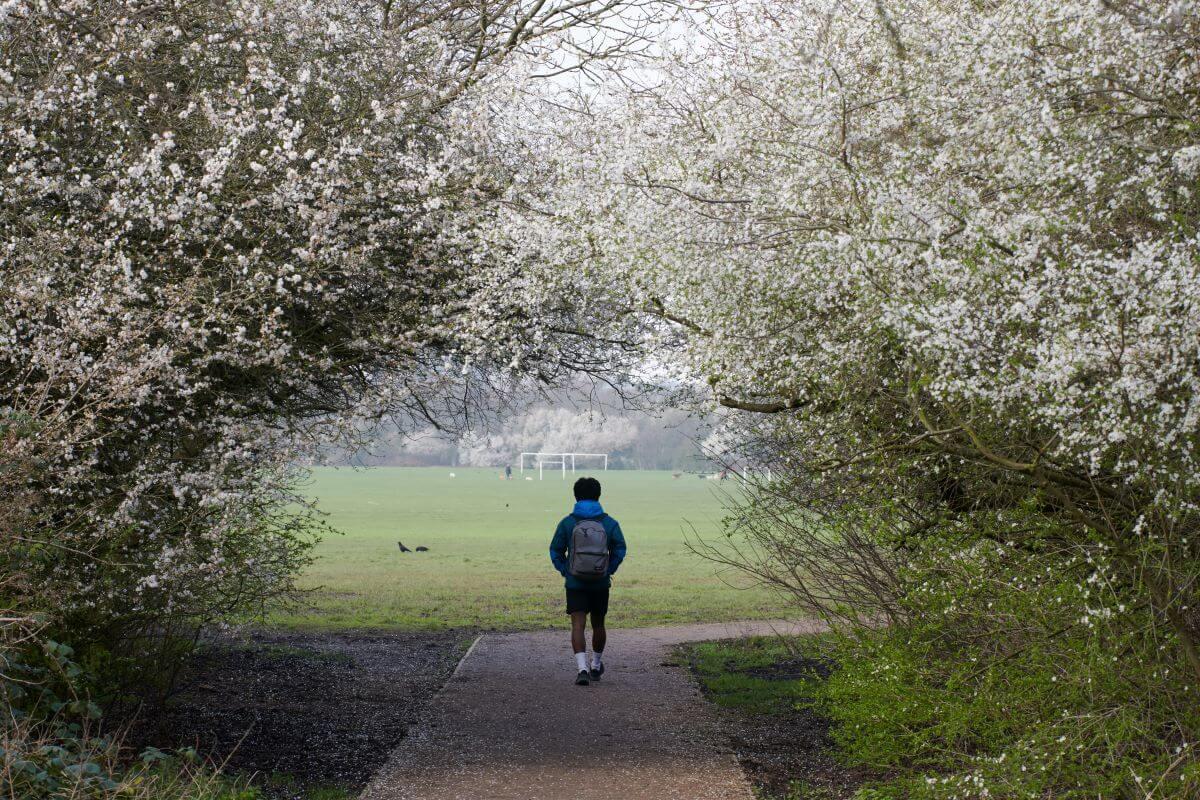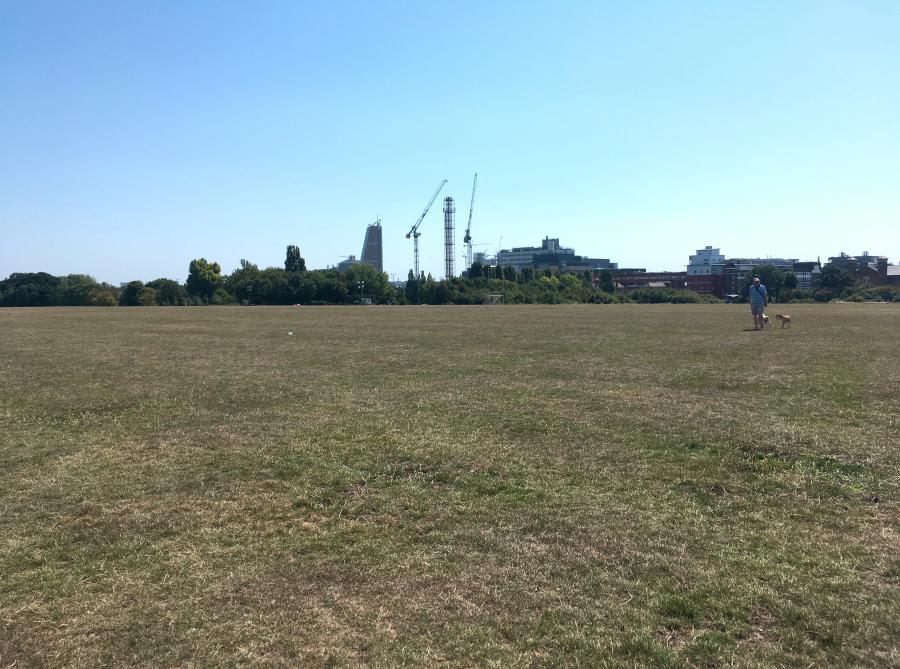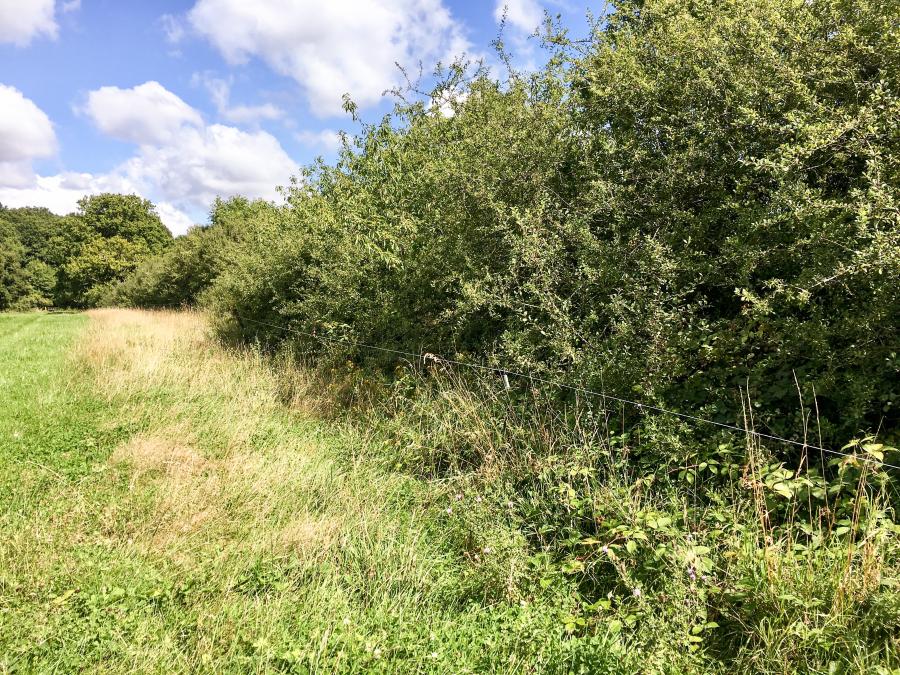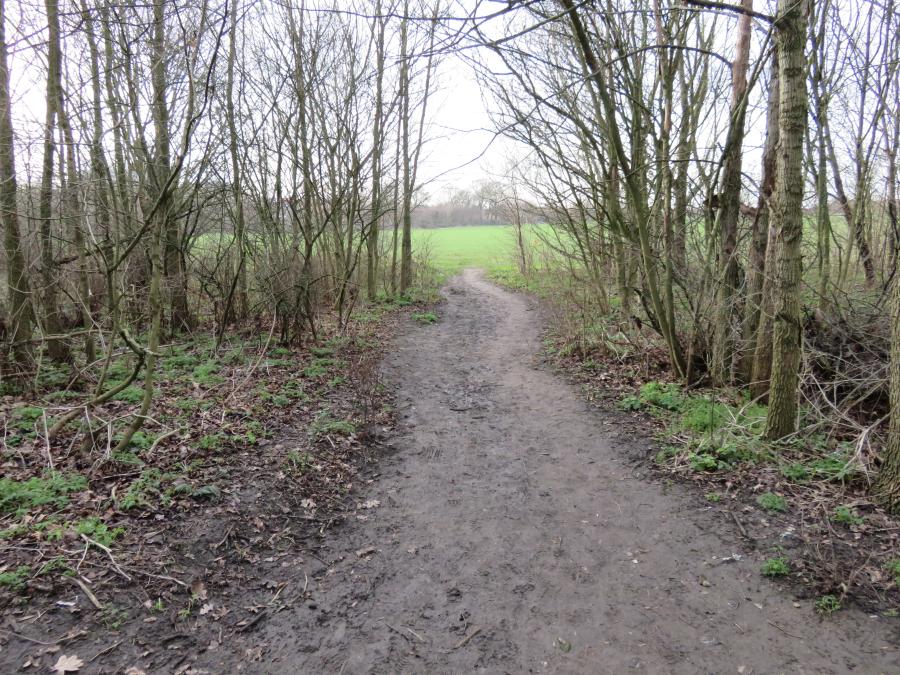
H&F Council and the Wormwood Scrubs Charitable Trust have worked with partners and the local community to plan a range of ecological improvements to Wormwood Scrubs.
To help restore and enhance the scrubs following the major infrastructure work to build HS2 rail infrastructure at Old Oak Common, the HS2 project has contributed £3.8million for these works.
We held several consultation exercises with local residents, as well as workshops, visitor surveys and school visits to plan the future of the Scrubs. The final proposals were approved by the Wormwood Scrubs Charitable Trust on 4 December 2024.
We hope to begin work on the site in autumn 2025. First, we need to ensure we run a competitive tender process to select the right contractor. We will update this page with a timescale once the contractors are in place.
The Scrubs are important for local biodiversity and wildlife. However, many of the habitats on site – such as grassland, scrub, and woodland – would benefit from sensitive long-term management.
What's in the proposal?
The proposals include:
Woodland management
Much of the woodland on the Scrubs is too dense to allow sufficient light in which prevents ground-level plants from growing which can be an important nectar and food source for a range of animals.
Tree planting
In some areas of the Scrubs, there is currently little connectivity for wildlife moving through the site. Planting individual trees can provide stepping-stones to enable insects and birds to reach other pockets of habitat. Planting fruit trees will increase biodiversity through the flowers and fruit they offer.
Scrub management
The Scrub at the site is a distinctive feature and is highly valuable for a range of species providing shelter for nesting birds and sources of nectar for invertebrates. Scrub develops when grassland is not cut and, if left, will eventually develop into woodland. Sensitive management of scrub will ensure it continues to provide valuable habitat into the future. Disturbance by visitors and dogs in some areas of the scrub has had a negative impact on wildlife.
Wildflower grassland management
The Scrubs has large areas of open grassland. The existing grassland areas are important for sports use and providing opportunities for a range of recreational activities. However, some existing sports pitches are located within an area designated for wildlife and should be moved to allow these areas to be enhanced for biodiversity.

Wetland habitat
The Scrubs has a range of habitats but apart from some seasonally wet grassland there are no wetland habitats. A wetland habitat will be created with natural planting which will make this a soft feature within the landscape with native aquatic marginal plants such as common reed, purple loosestrife and yellow flag iris. Access will be provided by mown paths and an easy access route.
Hedgerows
Wormwood Scrubs benefits from an existing established hedgerow which was extended by volunteers in spring 2021 and 2023. Hedgerows provide shelter, nesting opportunities and food for birds and insects, and flight paths for bats. It also has the advantage of restricting footfall across sensitive habitat areas.

Drainage
Some areas of the Scrubs are prone to localised flooding and saturation during periods of heavy rainfall and the saturated ground can cause some paths to become excessively muddy and difficult to use in the winter. Therefore, shallow ditches and depressions will be created to temporarily store small amounts of water during periods of wet weather. These features will be located in less busy areas and left undisturbed. They will have shallow edges to ensure safety for visitors and wildlife.
Signage
Good signage is important for providing information and pointing visitors in the right direction. We will provide new ecological and historical interpretation boards alongside key features such as woodland, scrub and meadows and install unintrusive and low-key wayfinding features such as directional arrows or route markers to point new visitors in the relevant direction.
Access
It is important that the Scrubs maintains its 'more wild than tamed' characteristics, but footpaths during wetter months of the year get thick with mud and access becomes difficult. Proposals will improve access routes we already have and create easy access routes using natural materials for those with mobility constraints to enter and explore the Scrubs.

Watch this space for details on when the works will begin.